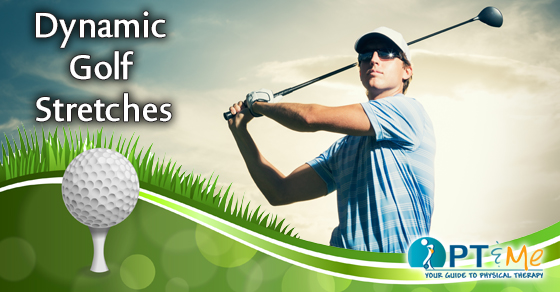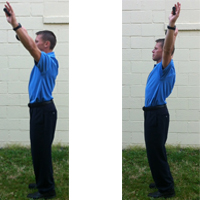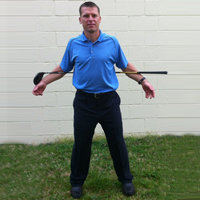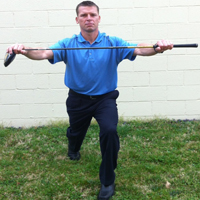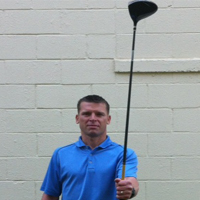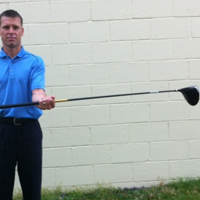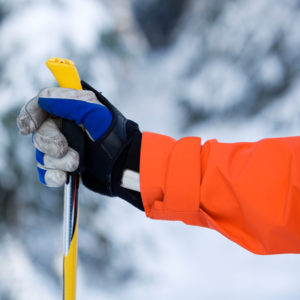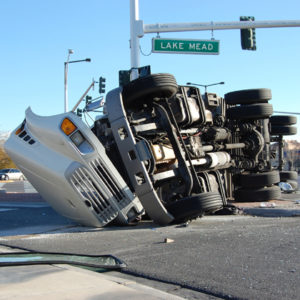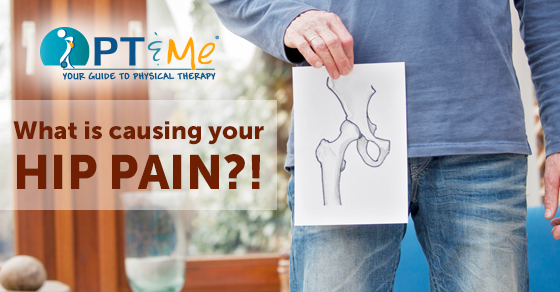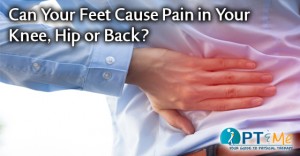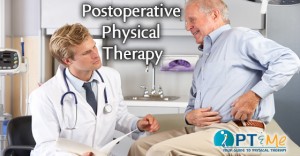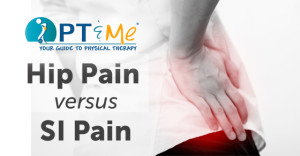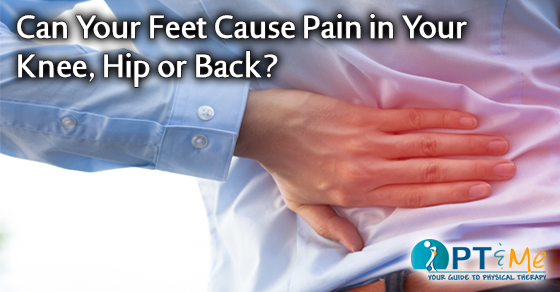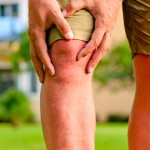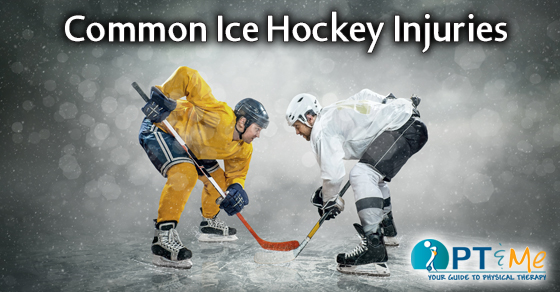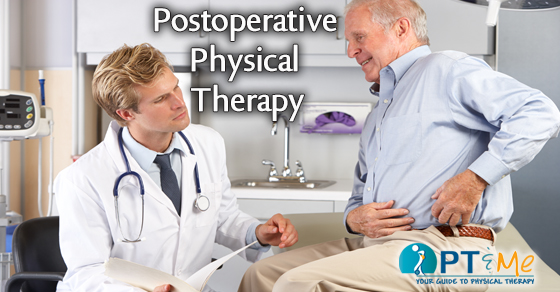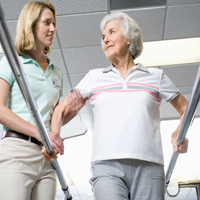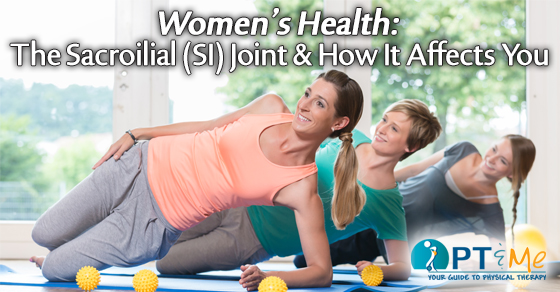
It has been estimated that about 95% of the population will experience low back pain at some point during a lifetime. Low back pain may be due to many different causes and anatomical structures, one such structure is the SI joint. Here is some pertinent information about the SI joint and how it may affect your general health.
8 FUN FACTS:
What is the SI joint?
It is a joint connecting the sacrum and the ilium, 2 bones included in the pelvis. The pelvis connects the upper body to the lower body, more specifically the spine to the hips.
What does the SI joint do?
It helps to stabilize your core during functional and work activities and helps with shock absorption during weight-bearing activities including walking. Stability is also assisted by the ligaments, fascia, and muscles that attach to the joint. This includes back, gluteal, hip, and pelvic floor musculature.
Who feels SI pain?
People with leg length discrepancies, asymmetrical lower extremity weakness, scoliosis, pregnant women due to increased ligamentous laxity, women > men due to pelvic anatomy, and those who have experienced a traumatic event such as a fall or a motor vehicle accident or that perform repetitive activities with poor body mechanics including lifting and bending.
Where would you feel SI pain?
Directly over the SI joint, in the buttock, lateral or posterior thigh, or sometimes in the groin.

When may you feel SI pain?
Rolling in bed, rotating your trunk, walking, stair ascent or descent, standing from a sitting position, single leg activities
What positions/activities should be adopted?
Sleep with a pillow between your lower extremities, perform slow, controlled movements, maintain equal weight-bearing through lower extremities with transitional movements and standing, log roll during bed mobility to keep lower extremities symmetrical, swing lower extremities out of the car before standing up to prevent trunk rotation.
How can PT help?
Physical therapy has been found to help patients with SI pain get pain relief, reduce inflammation and muscle spasms, improve healing, muscle extensibility, joint mobility and range of motion, strength, muscle control, and gait mechanics.
What does PT treatment for SI pain involve?
Stretching, mobilization techniques, education on proper body mechanics with functional activities, massage, myofascial release, modalities including electrical stimulation for pain modulation and ultrasound to assist with healing and inflammation, muscle energy techniques, and a core stabilization and strengthening exercise program, tailored to the individual patient. If a leg length discrepancy is found, a heel lift may be helpful to restore abnormal forces being placed through the SI joint with weight-bearing activities. An initiation of a home exercise program is also an integral part of physical therapy treatment.

